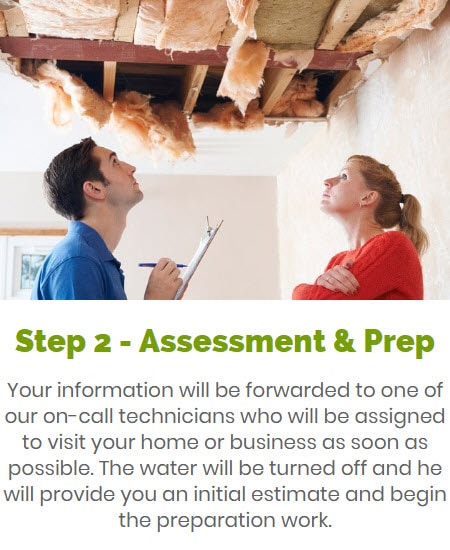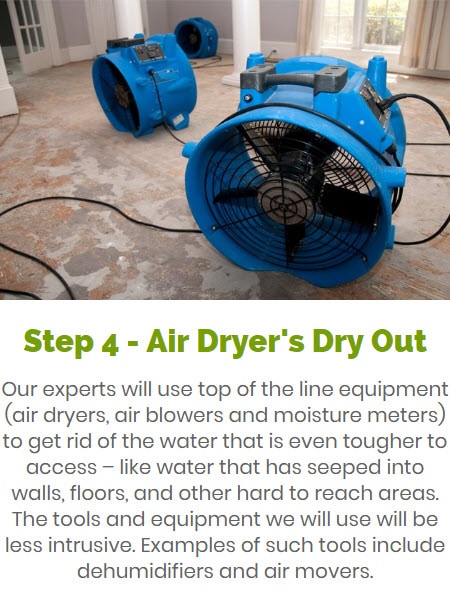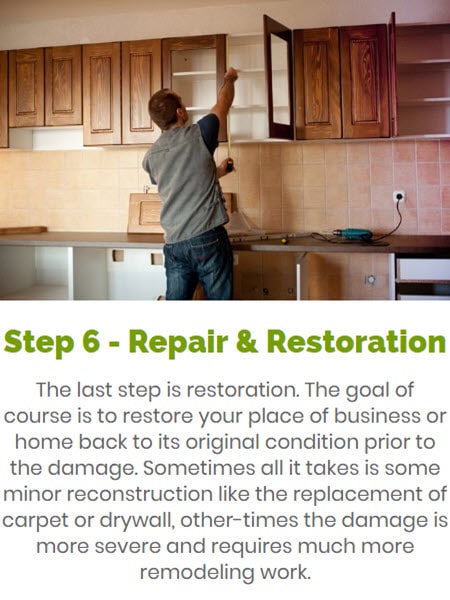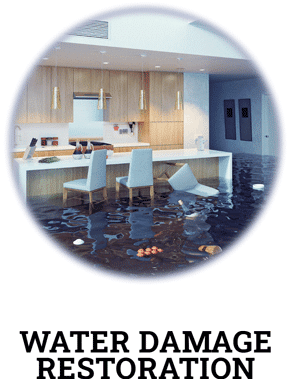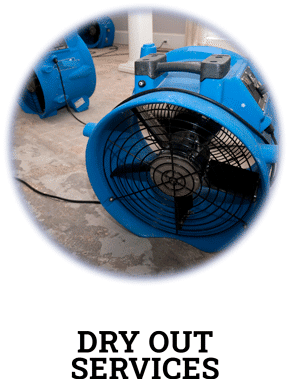Classes and Categories
Call Us Anytime (877) 246-8788 For Immediate Service
Water damage restoration is defined as the process of repairing a property that has sustained significant water damage with the aim of bringing it back to its original condition. The first thing that needs to be done after sustaining water damage is to assess the severity of the destruction in order to determine the necessary steps for removal and restoration. Water damage can be as minor as simple leaks or slight flooding in basements or as great as destruction of homes or businesses.
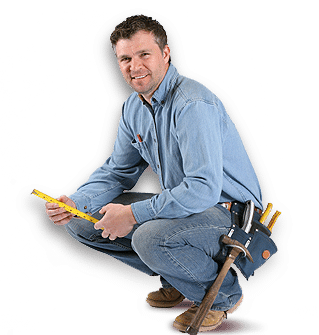
What You Can Do While You Wait


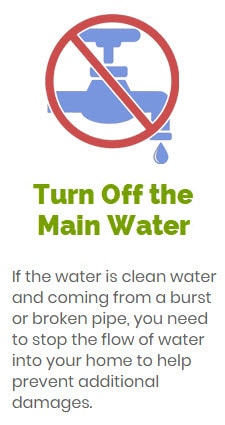

Categories of Water Losses
A water loss in your home or business will fall into three different categories and it is important to understand what the categories are and how the affect you. Depending on the category and the insurance coverage you have for your home, will determine that the insurance company will and will not cover. You also need to consider your health as well. Each category has different levels of potential contaminants that can be hazardous to your health.
Category 1
Category 1 is identified as clean water, meaning there is no hazard to humans. Most Category 1 water damages are caused by an overflowing sink, broken hoses, a burst pipe, a slab leak or an appliance malfunction. This water is typically clean water from your home and does not pose any major hazardous contaminant threats.
Category 2
Category 2 is identified as gray water, meaning the water is contaminated. In Category 2, the water may contain microorganisms that pose a health threat to people if the water is accidentally ingested. The water damage may result from seepage, leaky plumbing, broken toilets overflow from a faucet or bathtub.
Category 3
Category 2 is identified as black water, meaning the water is unhygienic and should not be ingested or indirect contact with this type of water. This type of water most likely contains pathogenic, toxic or other harmful agents. Sewage problems and long-standing water contains disease-causing bacteria and is very harmful to humans. This water could come from sewers, floods, toilet overflows or septic tanks leaking. This water should be avoided and only cleaned while wearing the proper hazmat protective gear.
Classes of Water Losses
The IICRC has designated there are 4 different types of classes that pertain to water losses in your home. Most of the calls we get are for Class 2, 3 and 4. Classes are used to determine and measured by the amount of water that need to be cleaned, removed and dried out. Classes range from 1 to 4, 1 being the least amount of water and 4 being the most, but also requires additional specialty restoration work due to the severity of the damages.These classes also help determine the amount of work required to restore a home, the equipment needed and how long it is going to take to dry out the home. All the steps below are required in every water damage loss to help prevent future damage and potential mold issues.
Class 1: Least Amount of Water
Class 1 means that elements have suffered little damage and are easy to repair or restore, simply drying and cleanup may suffice. This is the mildest form of water damage. Usually, only a part of the room has been affected. Even then, the affected part has only absorbed a minimal amount of moisture.
Class 2: Large Amount of Water
Class 2 means that you need a fast rate of evaporation as cushions or carpets may have been soaked or damaged. Repair and restoration are more difficult compared to Class 1 damage. The amount of water absorption has increased at this point, and at least an entire room or carpet is affected. Water may also have gone less than 24 inches up a wall and structural materials like plywood, concrete, or structural wood often sustain residual moisture.
Class 3: Greatest Amount of Water
Class 3 means that fastest rate of evaporation is required as the walls, floors and furniture are completely soaked. This usually results from broken sprinklers and other overhead water sources. If water comes from overhead (i.e., through the ceiling), the entire room or area is often saturated, affecting the walls, ceilings, flooring, carpet, cushioning, and sub-floor.
Class 4: Heavy Water and Specialty Drying Required
Class 4 means that special water removal and restoration procedures are required as even concrete, plaster or hardwood floors are severely affected. This classification is characterized by materials like plaster, brick, or concrete may sustain deep pockets of moisture, so specialty drying or restoration methods are needed in this case.
How Our 6 Step Restoration Process Works

